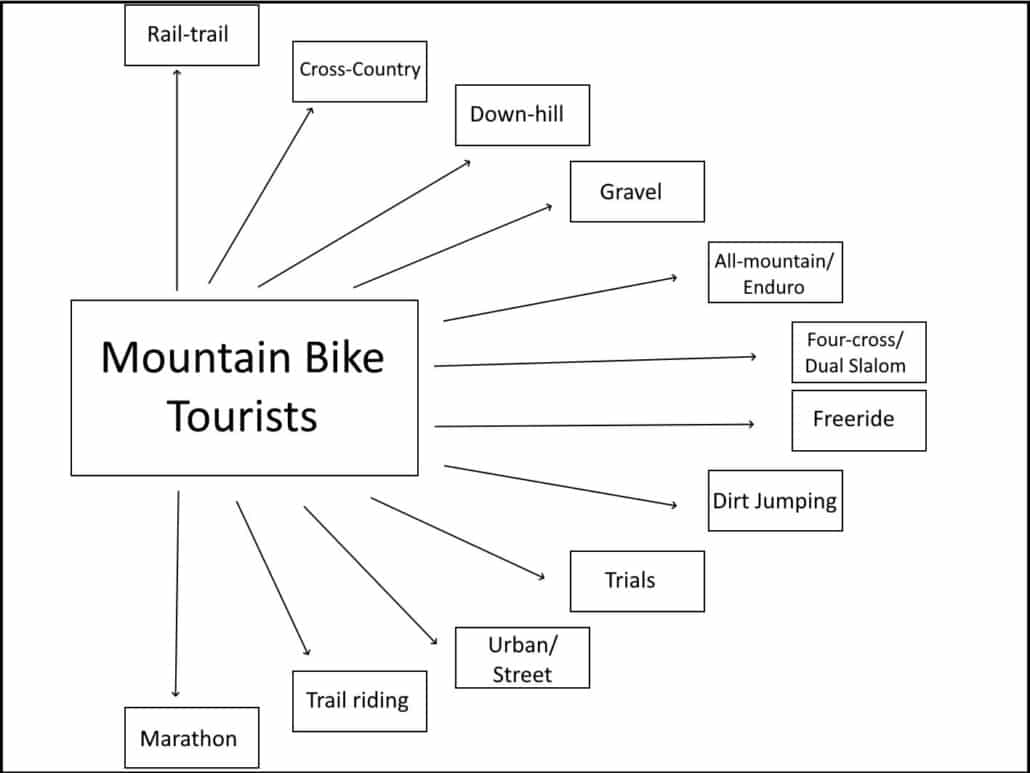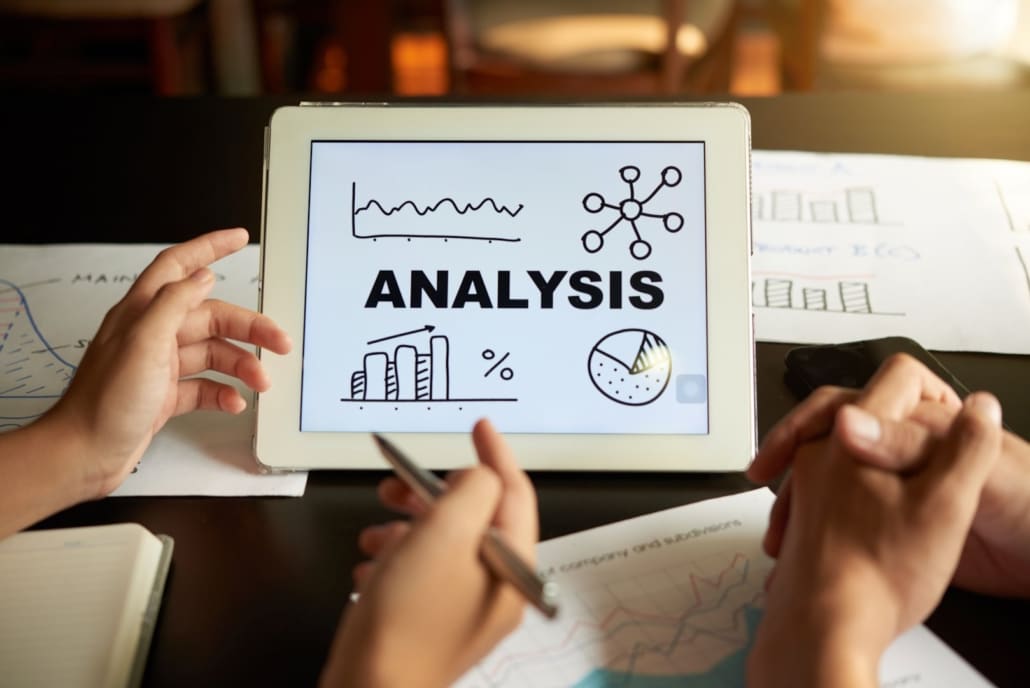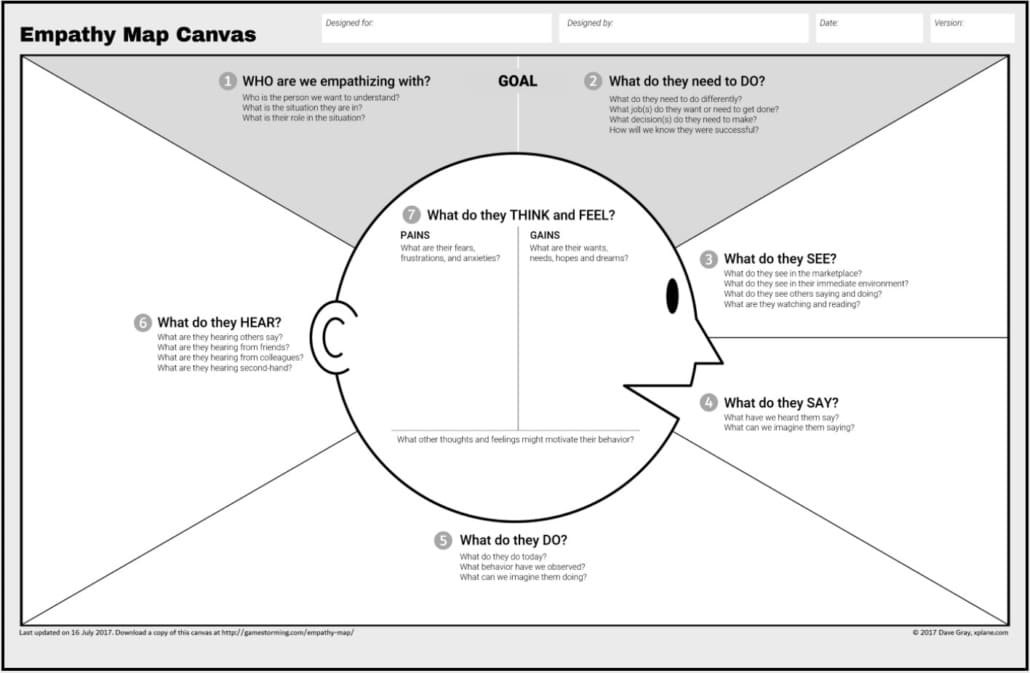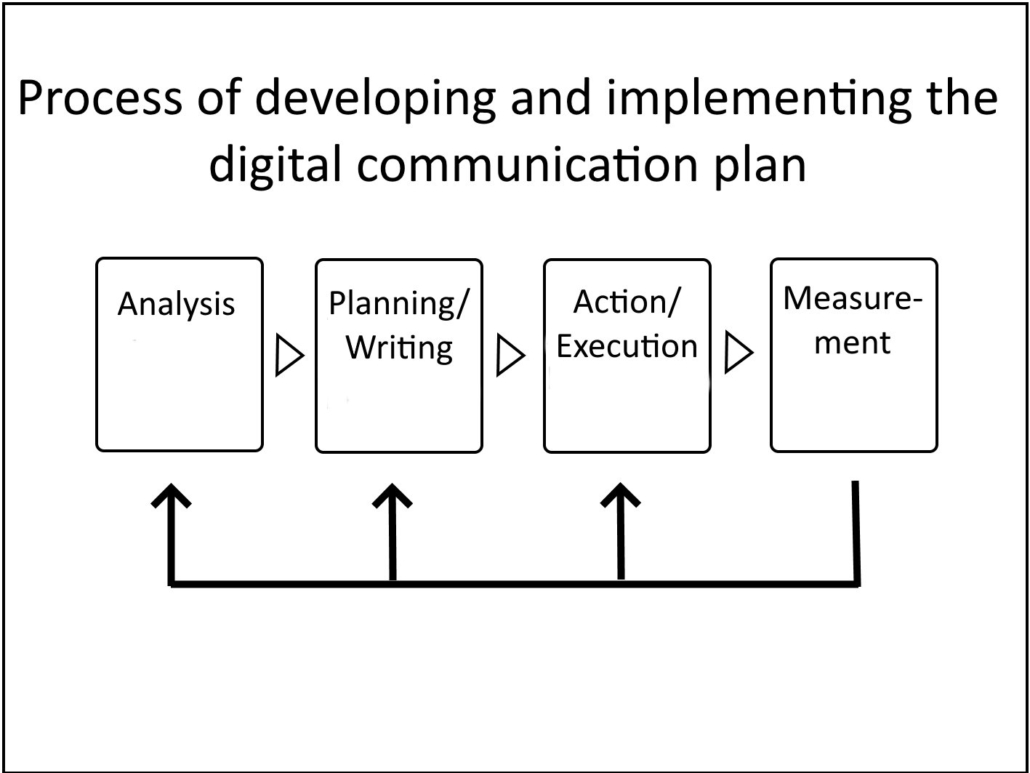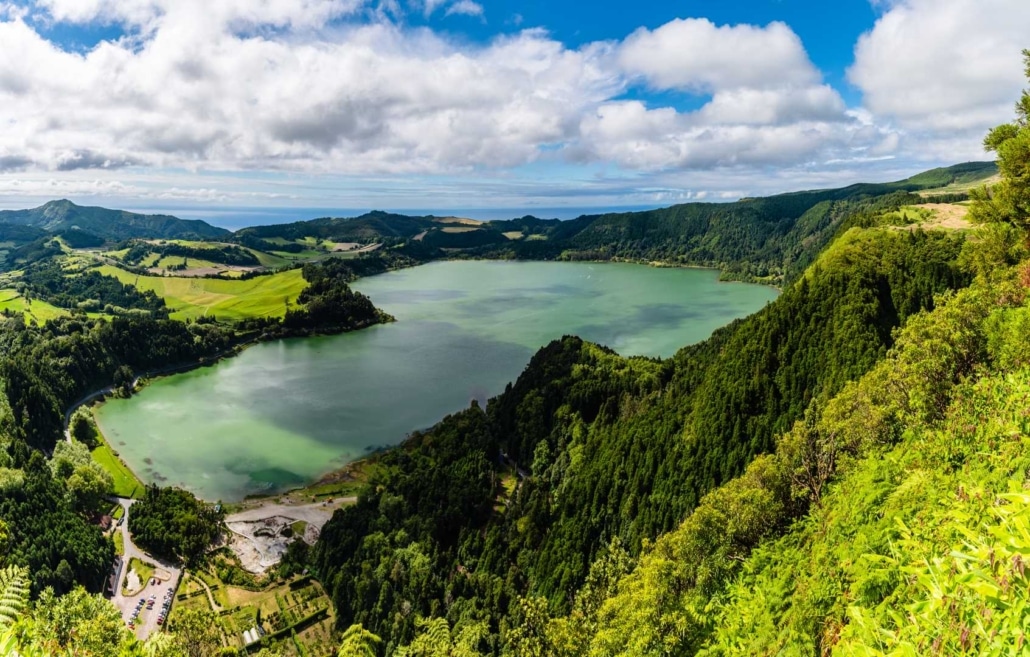The Digital Communication Plan for Tourism – Part VII: Senders, Styles, and Tones

In digital communication for tourism, the main sender is the destination itself, but it should rely on other voices besides its official voice. In fact, the destination is responsible for institutional communication, but it is crucial for communication to be enriched by the voices of tourists, residents (who work in tourism or simply live in the destination), as well as influencers who are invited by or are present in the destination. Messages on the internet have a greater potential for dissemination when they are amplified by multiple entities, generating digital word of mouth.
Clearly, the increased message penetration associated with a multi-voiced communication is achieved when there is agreement on the content to be communicated. It is even better if the destination shares strategies, plans, guidelines, and communication logic. Otherwise, there is a risk that tourists will receive conflicting or even opposing messages. Of course, in a free world, it is neither possible nor advantageous to control the communication of all entities in the area. Instead, it is important to define and share themes, messages, formats, and graphics used in communication in a participatory manner, working together like a symphony orchestra.
In digital communication, in addition to traditional media relations that manage relationships with the traditional press, the communication team benefits from digital media relations. Therefore, the Destination Management Organization (DMO) manages relationships not only with traditional media (print, radio, TV, etc.) but also with digital creators and influencers to generate greater online engagement and targeted message dissemination.
Click here for Part I ; Click here for Part II ; Click here for part III; Click here for Part IV
Click here for Part V ; Click here for Part VI
Sources:
#DigitalCommunication; #Tourism; #DestinationMarketing; #Influencers; #WordOfMouth; #OnlineEngagement; #MediaRelations; #ContentStrategy; #CommunicationGuidelines; #TravelMarketing



